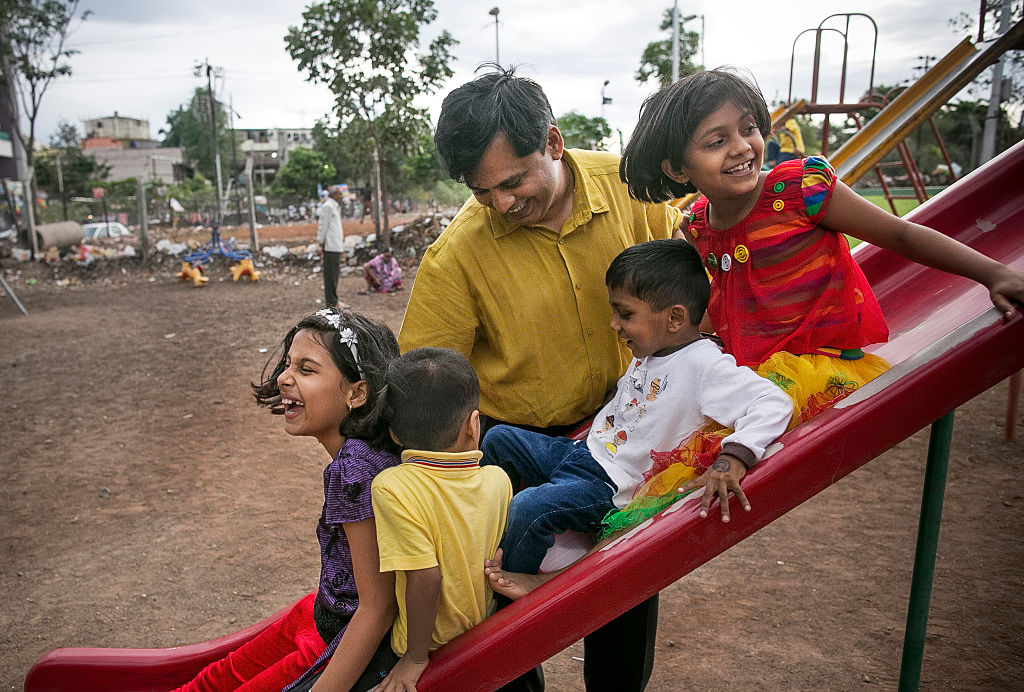- Saturday, April 20, 2024

By: Shubham Ghosh
INDIA’S overall sex ratio (women per thousand men) has improved to please the experts but there is also a concern and it is the low sex ratio at birth. While the country has 1,020 women for every 1,000 men, the choice for girl child remains less. The sex ratio at birth in India was 929 females per males, which though is an improvement from 919 in 2015-16 but still lower than the natural standard of 952 female births per 1,000 male births, Business Standard reported.
The fifth National Family Health Survey (NFHS), from where the data come, has also found that the sex ratio is better in the rural areas compared to the urban ones, the daily said.
NFHS 2019-21 shows that India has moved forward in the last five years. In 2015-16, the sex ration was 991. Analysis shows that 13 states and union territories (UTs) of India still have more men than women. When the analysis is done in terms of the rural-urban divide, 14 states saw more men than women in the rural areas while in 22 states, they outnumbered the women in the urban zones.
“It has been observed that in backward states and districts, the female-male ratio is better as medical facilities are yet to become easily available,” Amitabh Kundu, a research advisor at Oxfam told Business Standard, adding, “In districts where these are available, sex determination goes up and sex ratio declines.”
Among all the Indian states and UTs, Dadra and Nagar Haveli and Daman and Diu (UT) had the worst urban sex ratio: 775 while Delhi saw the worst rural sex ratio: 859.
According to Kundu, there is a catch-22 situation.
“This is the case in most of the northern states. Urban sex ratio for children is lower than rural for the same reason. Overall urban sex ratio is low also because of male selective migration from rural to urban areas,” he said.
The data also indicated that six states of India witnessed a decline in sex ratio compared to 2015-16.
According to experts, the fall in sex ratio at birth gives birth to an urgent need to strengthen pre-conception and prenatal diagnostic technical rules.
But does a decline in sex ratio at birth mean the overall sex ratio will be poor in the days ahead?
Suresh Sharma, head of population research centre at Institute of Economic Growth, New Delhi, doesn’t think so.
“Sex ratio at birth and overall sex ratio differ by virtue of migration streams. It cannot be directly drawn from a declining sex ratio at birth that the overall sex ratio will also remain skewed moving forward.”
Analysis also indicated that 19 states/UTs of India had a lower sex ratio than the natural standard and the sex ratio at birth was more slanted in urban areas than the rural ones, the daily said.
![]()